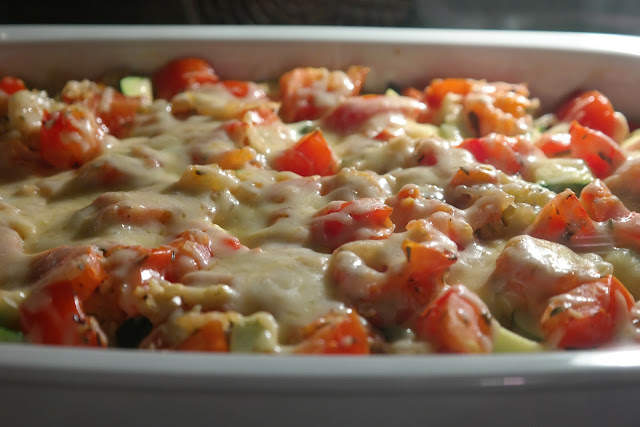 |
| Milk Shake - Photo: Pixabay |
The summer sun swelters outside. Inside it is warm, the fruit bowl sits lusciously on the window sill, bursting with seasonal plenty – peaches, mangoes, grapes as well as the year-round banana. All of the fruit is at a point of perfect ripeness, begging to be eaten right now before it descends into a pool of pulp. It could have stayed in the fridge and been brought out in economical relays to ripen for a day, but there is something about a full fruit bowl, a promise of health and succulence, that time and again makes me arrange it as a still life, as I unpack the shopping, only to be wrong-footed when it all ripens at the same time. Typically the children are only bothering to eat apples, which last forever in the fridge. Desperate measures are called for.
It is time to make smoothies. Even children, who wouldn’t give a second glance to raw fruit, can usually be beguiled by a smoothy. It is also a special treat for adults, an easy thing to do for visitors who drop by when it’s too hot for tea. Any ripe fruit can be used, even if it is slightly overripe, as long as it still smells good and not fermenting. You get a mega-dose of vitamins, plus calcium from the yogurt and milk, almost a meal in itself. Healthy eating in a glass!
Giving a recipe for a smoothy is hardly necessary. It depends on what you have in the house already. Use this example as a template and adapt and change it as you like. As long as you use fruit that is truly ripe, it’ll be delicious. The one essential piece of equipment is a liquidizer or food processor, without that I’d just have to force feed the children the fruit as is, it is far too laborious to puree fruit by hand on a hot summer’s day. The joy of making smoothies is the effortlessness.
No set quantities, but as a guide, I’d use one mango with one or two bananas. Just peel and stone the fruit, fling it into the liquidizer with a large dollop of plain yogurt and a cup of milk and blitz. If it is too thick for your liking add more milk. Chuck in some ice cubes for instant chill factor.
A tip for dealing with mangoes: without peeling, slice off both the long sides as close to the stone as you can., cut the flesh in a criss-cross fashion to make 1cm cubes, without going right through the skin, then push the skin up to invert the cubes into a mango hedgehog! The children eat them like this and a very messy business it is, needing a bath afterward.
Suggestions for fruit combinations:
Mango and banana
Pear, berry, and banana
Peach and berry
Strawberry and banana
Peach, apricot, and banana
Any fruit in the whole wide world can be added to this list, experiment with whatever is in season and make up your own combinations.
Bananas make a good background for most other fruits and give a good velvety texture, besides being the most likely fruit to have around overripe. If you want to move away from the healthy fruit scenario, you can use bananas with a few teaspoons of hot chocolate to make a scrummy, decadent milkshake. Or go the whole way and put a blob of vanilla ice-cream in too. I remember as a child, my mother adding a raw egg to ours to build us up. It made it wonderfully frothy, but then nobody worried about salmonella in those days – I wouldn’t recommend it unless you have a guaranteed source of salmonella-free eggs.
If you have berries of any sort stashed in the freezer, you can throw in a handful still frozen and watch the color transform as you blitz. Mulberries, blackberries, youngberries, blueberries all add deep color and plenty of useful nutrients, loads of anti-oxidants – instant immune boosters in winter if you can keep them until then. I usually freeze strawberries as puree, when the strawberry harvest overwhelms us, so can bring it out for a change later on in the year. The other berries I freeze whole, stalks and leaves picked off, so they are ready to use. You can also buy frozen berries in mixed packs, which would work fine.
Whatever fruit you’re using, let the children press the buttons on the liquidizer and then dole out the smoothie, in glasses with straws, easy in the knowledge that the vitamin quota for the day is being filled.
Copyright 2006 Kit Heathcock






